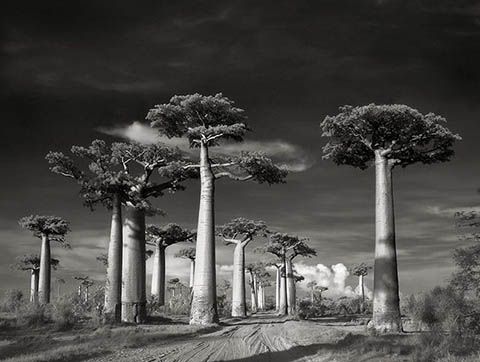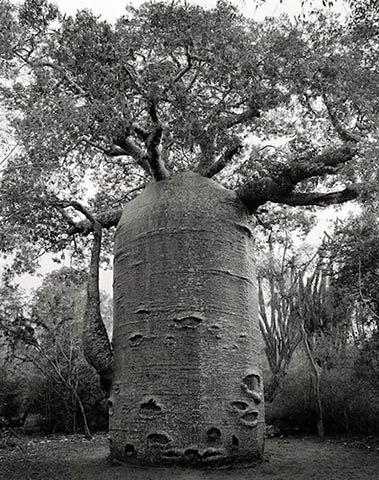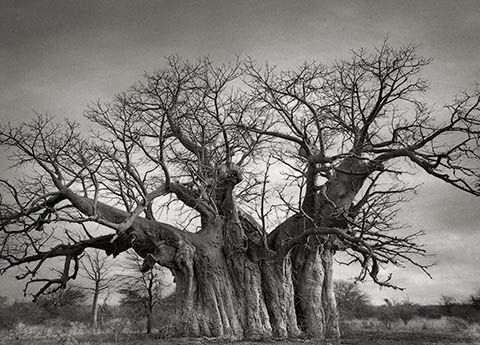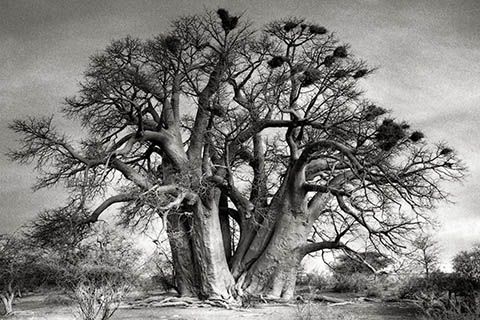Beth Moon: Portraits of Baobabs
Yesterday Rowdy Wylie and I began a series of posts on The Mystical Boab and in conducting our research we discovered the San Francisco Bay photographer Beth Moon who has gained international recognition for her large-scale, richly toned platinum-palladium prints.
Beth Moon has been on a fourteen-year quest to photograph ancient trees which has taken her across the United States, Europe, Asia, the Middle East, and Africa. Some of her subjects grow in isolation, on remote mountainsides, private estates, or nature preserves; others maintain a proud, though often precarious, existence in the midst of civilization. All, however, share a mysterious beauty perfected by age and the power to connect us to a sense of time and nature much greater than ourselves. It is this beauty, and this power, that Moon captures in her remarkable photographs.1
To our delight, Beth has taken some remarkable photographs of Baobabs. We will start in Madagascar with Beth Moons' stunning photo of the sensational Avenue of the Baobabs.

Next, is The Ifaty Teapot in Toliara, Madagascar.
Sparse branches that grow only at the trees top and look more like roots than a canopy give the baobab its nickname the "upside-down tree." The girth of the cylindrical trunk is approximately 45 feet in diameter. The tree is thought to be 1,200 years old, and has the ability to store more than 31,000 gallons of water. 2

Below is Moon's photo of The Bufflesdrift Baobab which is in the Limpopo Provence, South Africa and is one of the five biggest baobabs in South Africa.

Chapman's Baobab (below) in Botswana sadly fell to the ground in January 2016. It was thought to be over 1000 years old and one of the oldest and largest baobabs in Africa.

You can see more remarkable photographs of trees by visiting Beth Moon: Portraits of Time and while you are on the site check out her other amazing photographs.
Beth Moon’s majestic photographs of ancient trees will make you feel very, very small. – The Huffington Post
Tomorrow we are off to the north west of Australia to learn more about the African cousins - the Boab tree. And to continue to ask - how did this tree get to Australia because it is too young to have been part of Gondwanan history, too old to have been taken by people (maybe). Perhaps a little baobab seed floated all the way across the Indian Ocean to the shores of Western Australia.
Credit
1. bethmoon.com
abcnews.go.com

